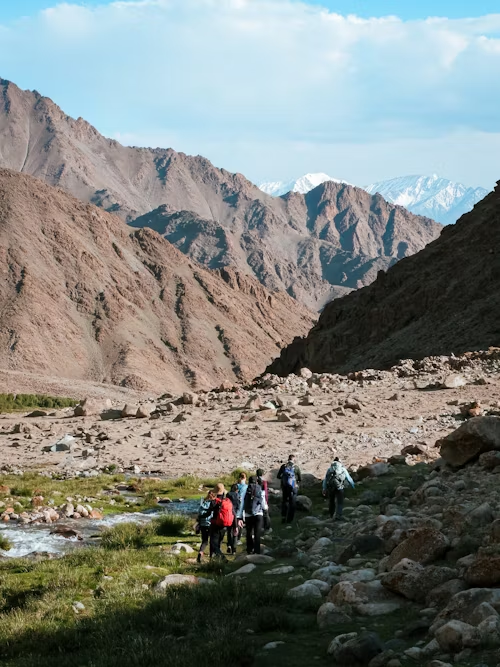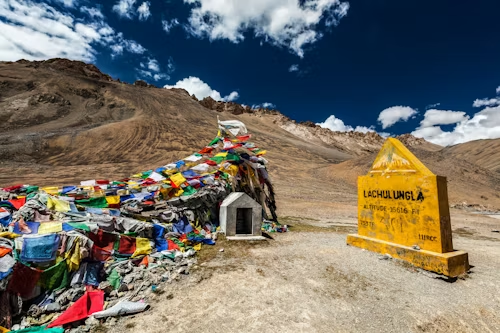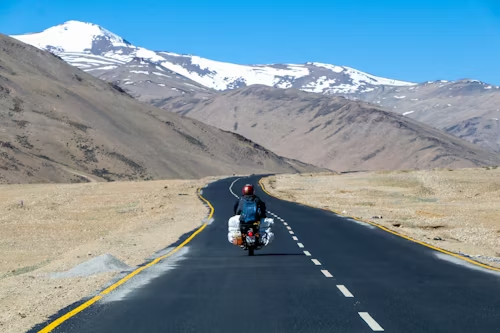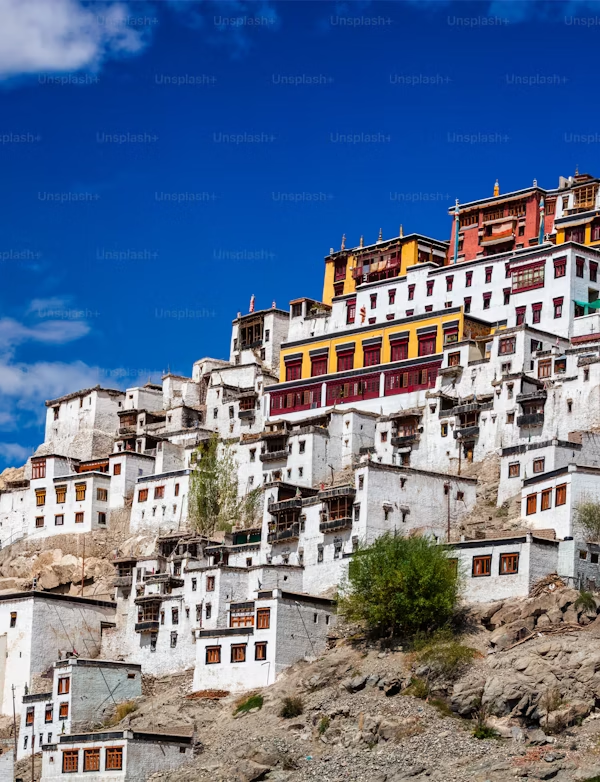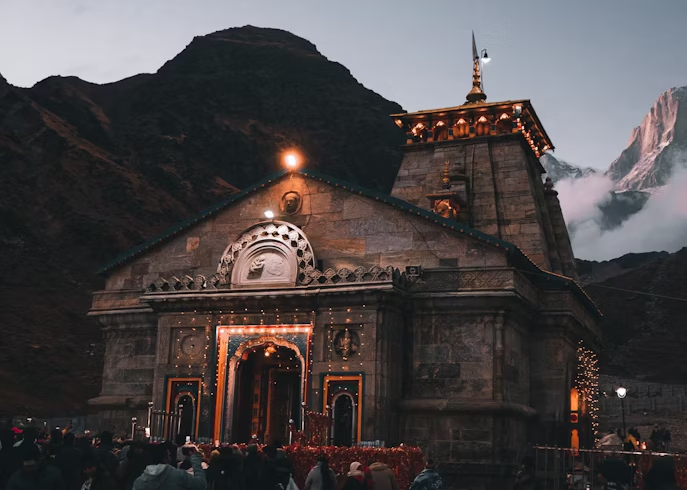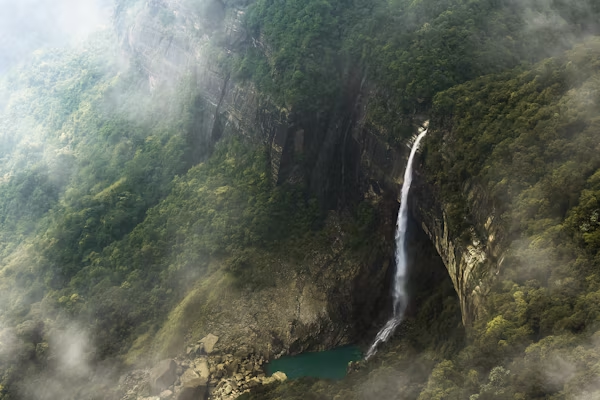Ladakh is a union territory in northern India, located in the western Himalayas. It is bordered by the Tibet Autonomous Region of China to the east, the Indian states of Himachal Pradesh to the south, Jammu & Kashmir to the west, and shares a disputed frontier with Pakistan-administered territories and China’s Aksai Chin in the north and northeast. Geopolitically part of South Asia, Ladakh is one of the least populous regions in India. Leh is its largest town and the administrative capital of the Leh district, while Kargil serves as the second-largest town and is the center of the Kargil district.
Ladakh’s harsh yet stunning landscape is defined by high mountain ranges, cold deserts, and deep valleys. Despite its remote location and rugged terrain, it has fostered a resilient culture with deep spiritual roots. Buddhism remains the dominant faith in the eastern region, while Islam is prevalent in the west. Today, Ladakh is both a strategic frontier for India and a growing tourist destination, known for its monasteries, high-altitude trekking routes, and preserved cultural heritage.
The Ladakh journey is a revered expedition through the Indian Himalayas, involving movement across rugged terrains, winding mountain passes, and high-altitude landscapes. This journey is traditionally undertaken by foot, motorbike, or 4×4 vehicles, though helicopter access is also available in remote areas. Modern infrastructure has improved connectivity, yet the route still demands physical endurance and acclimatization. Whether approached as a spiritual journey, an adventure, or a cultural exploration, the Ladakh expedition can be a one-way route or a round trip, often including brief halts at ancient monasteries, highland villages, sacred lakes, and dramatic natural sites along the way.

